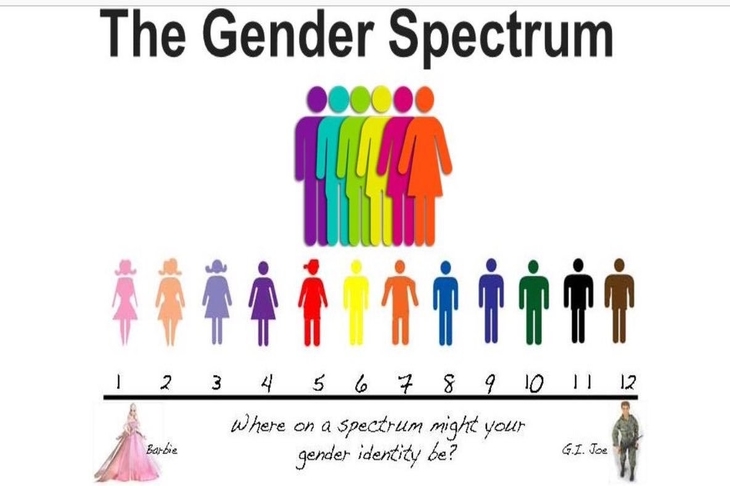How can we help transgender children? This is a question greatly exercising politicians and many are confused about what to do. In Scotland, children are now expected to ‘demonstrate an understanding of diversity in sexuality and gender identity’. The Scottish government supports a new classroom resource that tells primary school children that they may consider themselves to be a boy, a girl, or neither. ‘You know who you are,’ it explains.
What guidance are teachers given? I found out two years ago when I was one of the 3,000 teachers and classroom assistants from across Scotland dispatched for training by LGBT Youth Scotland, a campaign group. During our training, we were told that ‘transgender children’ may include boys who want to be girls, girls who identify as boys and so-called ‘gender non–binary’ children. The last camp may be at ease with their bodies but prefer to reject gender norms altogether.
Naturally, some of us wondered how we might identify these children (particularly as we were told many have not ‘come out’ yet). But the trainer insisted on the importance of letting the kids decide their own identity. As in so many progressive schooling fads before it, children are the experts and teachers are there to affirm and facilitate. We were advised to decorate our classrooms with positive images of trans people and to talk about trans celebrities, especially those with large social media followings. This would make gender non-conforming children feel more included. Should they feel excluded, they are at risk of killing themselves.
It’s not just in Scotland. A trainee teacher in England who took part in a compulsory class on transgender issues last week told me it was run by the mother of a trans child on behalf of Mermaids, a charity which ‘raises awareness about gender nonconformity’.








Comments
Join the debate for just £1 a month
Be part of the conversation with other Spectator readers by getting your first three months for £3.
UNLOCK ACCESS Just £1 a monthAlready a subscriber? Log in